|
The Stigma of Antiques
by Bob Brooke
When I was in my early teens, my father took me to visit an antique
dealer in our town, not to buy antiques but to purchase a stamp
collection for me. My father had collected stamps since he was a young
man. I had never even considered it.

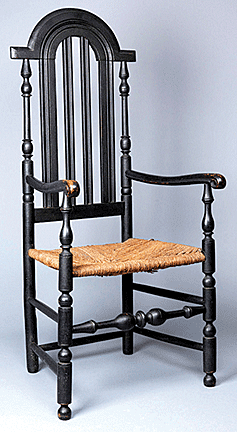 The
facade of the antique shop was unremarkable. Painted a dark brown, it
had large windows, the type of storefront that probably dated to the
late teens or early 1920s. We passed through the door into the dimly-lit
interior. It seemed to me at the time that dusty old furniture lined the
pathway through the shop to the back where the owner, a Mr. Egolf, sat
at an old desk under a bare bulb hanging overhead. I remember the light
reflecting off the dealer’s shiny bald head as he looked up at us
through his wire-rim glasses. He was slightly rotund and looked like a
little old elf. The
facade of the antique shop was unremarkable. Painted a dark brown, it
had large windows, the type of storefront that probably dated to the
late teens or early 1920s. We passed through the door into the dimly-lit
interior. It seemed to me at the time that dusty old furniture lined the
pathway through the shop to the back where the owner, a Mr. Egolf, sat
at an old desk under a bare bulb hanging overhead. I remember the light
reflecting off the dealer’s shiny bald head as he looked up at us
through his wire-rim glasses. He was slightly rotund and looked like a
little old elf.
I got my start collecting U.S.stamps with a collection sold to the
dealer, who bought and sold stamps to collectors, by a guy who was
getting a divorce and needed the money. But as for the antiques, they
seemed to me old, dusty and lacking life.
Antiques have always been the realm of the rich. Only wealthy people had
the discretionary income to spend on collecting valuable old things. Art
is very much the same. Artists were mostly poor but the collectors who
assembled collections of their art were not.
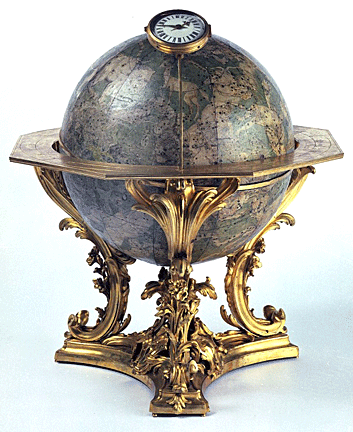 Back
when I was a kid, visiting a rich uncle who collected antiques was an
exercise in frustration. I was told not to touch anything for fear I
would break it. Back then, antiques to me were untouchable. Back
when I was a kid, visiting a rich uncle who collected antiques was an
exercise in frustration. I was told not to touch anything for fear I
would break it. Back then, antiques to me were untouchable.
And so was the stigma of antiques—or so it was until the 1960s when all
the belongings of the Victorians started to emerge from attics, garages,
and old barns. The U.S. Congress passed a law in 1930 which defined an
antique as an object produced at least 100 years earlier. This became
the unwritten law of antiques. Congress chose 1830 as the transition
between handcrafted objects and those produced as a result of the
invention of steam—the dawn of the Industrial Revolution.
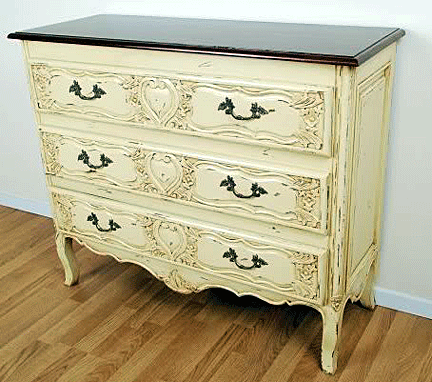 The
1960s brought on a major change in the antique market. Restoring old
furniture became trendy, thanks to decorating magazines like American
Home which featured articles telling readers how to “redo” old furniture
by employing the new “antiquing” paint kits which utilized a base paint
and a glaze coat to produce an “antique” look. Stripping furniture was
in, whether a piece needed it or not. People ruined a lot of great late
19th and early 20th-century pieces by “antiquing” them. The
1960s brought on a major change in the antique market. Restoring old
furniture became trendy, thanks to decorating magazines like American
Home which featured articles telling readers how to “redo” old furniture
by employing the new “antiquing” paint kits which utilized a base paint
and a glaze coat to produce an “antique” look. Stripping furniture was
in, whether a piece needed it or not. People ruined a lot of great late
19th and early 20th-century pieces by “antiquing” them.
But this process got a lot of people to notice antiques, especially
those from the mid-19th to the mid-20th century. And because the
Industrial Revolution mechanically produced lots and lots of furniture
and accessories for American homes, there was a vast amount available at
reasonable to downright low prices at flea markets. The American middle
class had entered the antiques market. But the wealthy continued to
collect the “real” antiques—those produced before 1830.
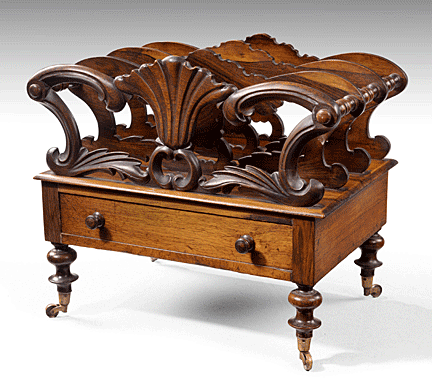
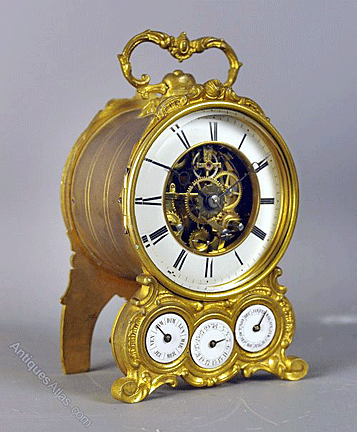 For
the next 40 years, collectors of the real antiques considered much of
what had been produced in the second half of the 19thcentury as junk or
at least old because it had been made mechanically, often in factories.
But by the late 20th century, attitudes about antiques began to change.
Collectors who took advantage of the lower prices of these items began
to look upon Congress’ act of 1930 in a different way—that antiques now
included objects that were at least 100 years old. For
the next 40 years, collectors of the real antiques considered much of
what had been produced in the second half of the 19thcentury as junk or
at least old because it had been made mechanically, often in factories.
But by the late 20th century, attitudes about antiques began to change.
Collectors who took advantage of the lower prices of these items began
to look upon Congress’ act of 1930 in a different way—that antiques now
included objects that were at least 100 years old.
And while the stigma of antiques is still around, it’s not as prevalent
as it once was. Unlike the market for traditional high end antiques made
before 1830, the overall market of antiques and collectibles is now much
broader.
<
Back to Antiques Extra! Archives
Next Editorial >
|
